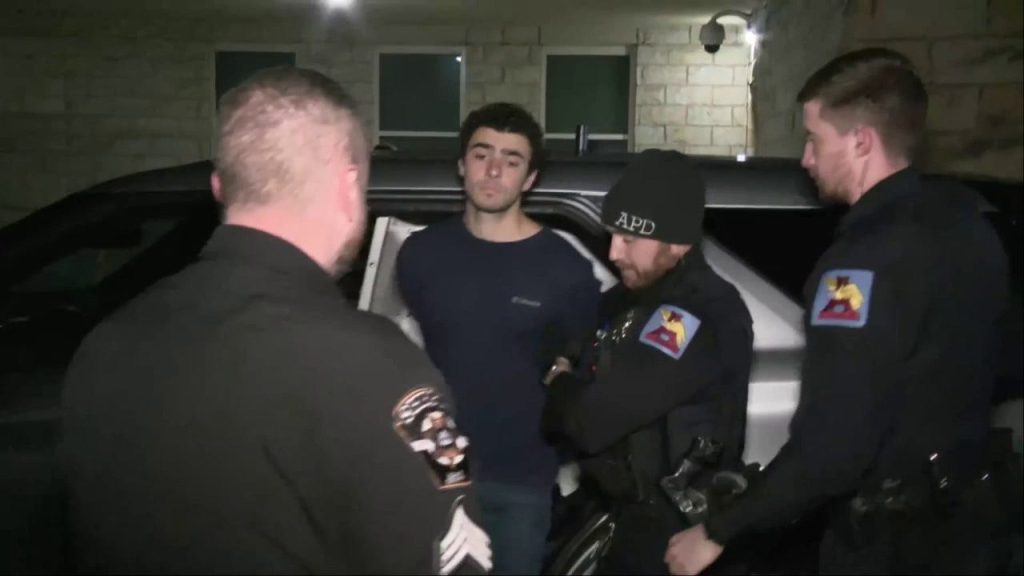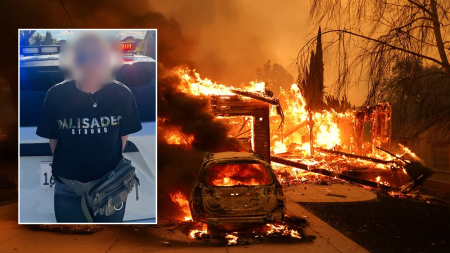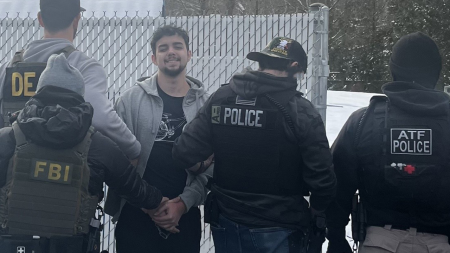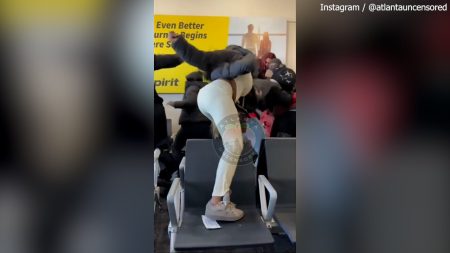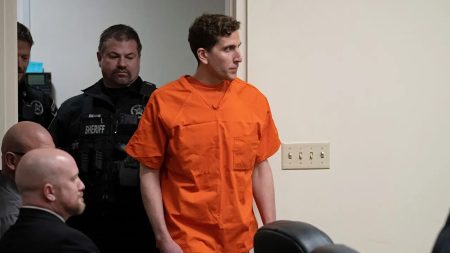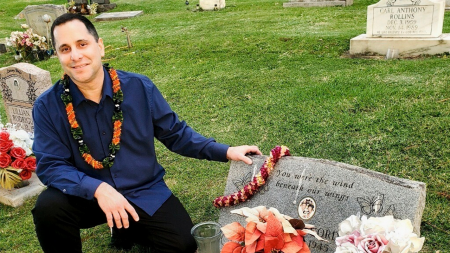Luigi Mangione, a 26-year-old former Ivy League student, finds himself at the center of a complex legal proceeding following his arrest in Altoona, Pennsylvania, in connection with the assassination of UnitedHealthcare CEO Brian Thompson. Mangione’s apprehension unfolded at a McDonald’s restaurant, where an observant manager recognized him and alerted authorities. Upon his arrest, police discovered a cache of incriminating items on his person, including four fake IDs, a firearm with a silencer bearing resemblance to the murder weapon, and a manifesto expressing vehement opposition to the health insurance industry. This discovery prompted the swift arrival of a multi-agency investigative team comprising members of the FBI, NYPD, and the New York District Attorney’s Office. Mangione now faces several local charges, including forgery, unlawful possession of a firearm, tampering with identification, possession of instruments of a crime, and providing false identification to law enforcement.
The initial stages of Mangione’s legal journey are marked by silence and a complex extradition process. Despite a peaceful arrest, Mangione refused to cooperate with interrogators, offering no explanation for his alleged actions. His arraignment in Blair County Court revealed that he possessed a substantial sum of cash, including foreign currency, although Mangione disputed the reported amount. He claimed to have been in Pennsylvania for several days and maintained contact with his family until recently. The question of his extradition to New York City, where the murder took place, hangs in the balance. Legal experts suggest that the process could take several days, particularly given the potential for both local and federal charges. The presence of a “ghost gun,” an untraceable firearm often assembled from parts, could trigger federal involvement, further complicating the legal landscape.
The intricacies of extradition procedures add another layer to Mangione’s case. His transfer to New York hinges on whether he waives his right to fight extradition or if a judge mandates his transfer after a hearing. If the judge rules in favor of extradition, a governor’s warrant will be necessary to initiate the process. Meanwhile, the NYPD is meticulously piecing together the evidence against Mangione. A discarded water bottle in the alley used for escape, a backpack believed to belong to the shooter found in Central Park, and an “enormous” amount of forensic evidence, as described by NYPD Chief of Detectives Joseph Kenny, are all under scrutiny. DNA evidence is expected to play a crucial role in linking Mangione to the crime scene.
Pennsylvania law allows authorities to collect DNA samples from individuals suspected of crimes carrying potential prison sentences. Refusal to comply can be overridden by a court order. The collected samples will likely be analyzed at either the FBI Laboratory in Quantico, Virginia, or a Pennsylvania State Police facility due to the expected limitations of local resources. The DNA evidence, when processed, will serve as a critical piece of the puzzle, solidifying the already substantial circumstantial evidence against Mangione. This process, however, will likely take several days, adding to the delay in his potential extradition to New York City.
The timeline for Mangione’s extradition remains uncertain, particularly if federal charges are pursued. Legal experts anticipate a wait of several days unless the federal government intervenes. Meanwhile, the local police in Altoona are being commended for their vigilance and swift action in apprehending Mangione. Their responsiveness to the tip about his presence, coupled with their thorough investigation, led to the discovery of the incriminating evidence. This proactive approach is seen as instrumental in preventing potential further actions and bringing a suspect in a high-profile case into custody.
In essence, the case of Luigi Mangione is one shrouded in complexity. From the initial arrest and the discovery of incriminating evidence to the intricate legal procedures surrounding extradition and the analysis of DNA samples, every step presents a new challenge. While the investigation continues to unfold, the legal system must navigate these complexities to ensure a fair and just resolution to this high-profile case. The coming days are expected to shed more light on the specific charges against Mangione and the path his legal journey will take.




